
About Andrew Cusack
 Writer, web designer, etc.; born in New York; educated in Argentina, Scotland, and South Africa; now based in London.
Writer, web designer, etc.; born in New York; educated in Argentina, Scotland, and South Africa; now based in London. read more
News
Blogs
Reviews & Periodicals
Arts & Design
World
France
Mitteleuropa
Knickerbockers
Argentina
The Levant
Africa
Cape of Good Hope
Netherlands
Scandinavia
Québec
India
Muscovy
Germany
Academica
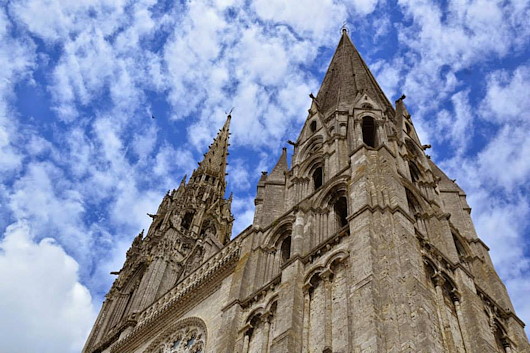 Images: Notre Dame de Chretienté, Andrew Cusack
Images: Notre Dame de Chretienté, Andrew Cusack Chartres 2015
Chartres is filed in my mind as the cathedral of my childhood. I must’ve been around 4 or 5 when I first walked amidst this medieval vision of stone and stained glass — some years before I ever visited the cathedral of New York where I was born. Cathedrals offer a prodigious mental stomping ground for the imagination of a young boy, and David Macaulay’s pen-and-ink book Cathedral (winner of the 1975 Deutscher Jugendliteraturpreis — take note!) I read and re-read over and over again as a child.
The marvel of this great church is that, while most medieval cathedrals took centuries to build, Chartres was constructed in an astonishing fifty-four years between 1194 and 1250, lending it a unity as an architectural composition that puts its rivals to shame. Chartres was made a diocese as early as the third century and tradition even upholds that from around the year 50 B.C., local Druids who had heard the prophecies of Isaiah here enshrined a statue of the ‘Virgo Paritura’, the Virgin-who-will-give-birth.
Having such a long history, Chartres’ fortunes have waxed and waned. In medieval times it was one of the most popular pilgrimage shrines in all of Europe, and in the 11th and 12th century its cathedral school far outshone England’s provincial attempt at a university at Oxford. But France’s civil wars and then revolution put an end to the town’s days as a destination for pilgrims until the poet Charles Péguy revived them himself in the years leading up to the First World War.
For the past thirty-three years, the largest pilgrimage to Chartres has been undertaken over Pentecost weekend, a bank holiday in France which happily coincided with our second May bank holiday in Great Britain this year. On this trek, over 11,000 pilgrims walk all the way from Notre Dame de Paris to Notre Dame de Chartres. Our chapter of about twenty pilgrims marched under the banner of Notre Dame de Philerme, patroness of the Order of Malta — mostly French and British but with a few participants from other countries as well.
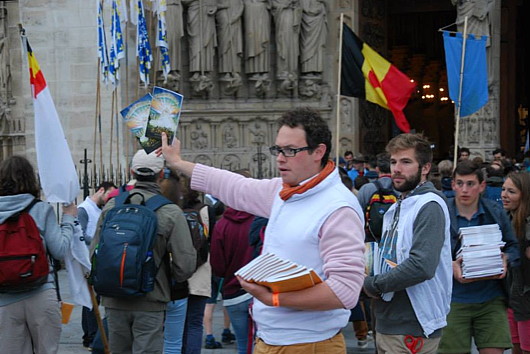
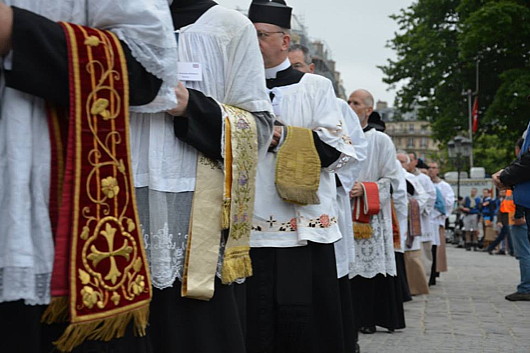
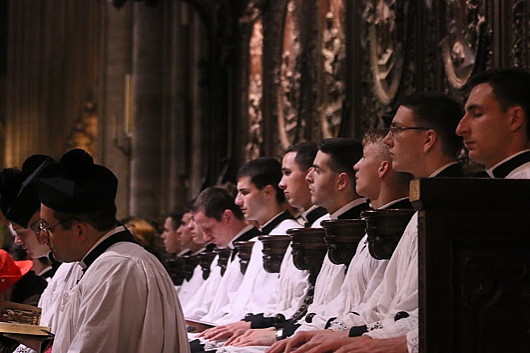
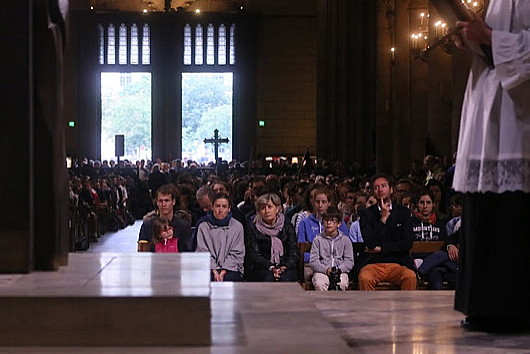
The arduous first day began in the centre of Paris with mass at Notre Dame, teeming hordes of pilgrims filling the nave, transepts, and aisles of this, yet another great medieval French cathedral. In his mot d’envoi after the Mass, the Abbot of Le Barroux, Dom Louis-Marie — elected a mere 35 years of age as the youngest abbot in France and still not yet 50 — cheerfully exhorted us with words of happiness and joy to offer all our thoughts, fatigues, anguishes, and sufferings over the next few days up to God for the salvation of the world.
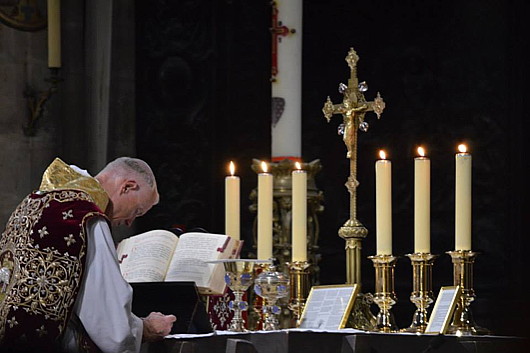
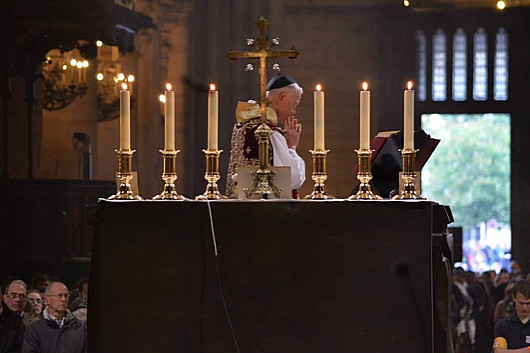
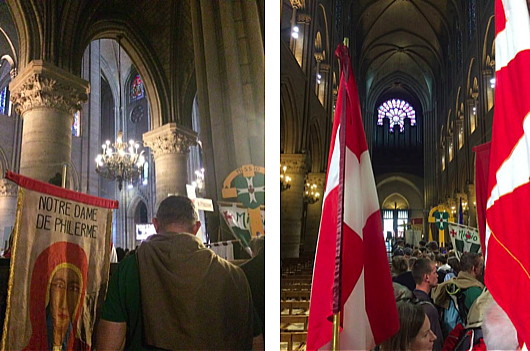
His words of encouragement were needed: this pilgrimage is not for the faint of heart. While it began on the tarmac’d roads of Paris it moved quickly into the suburbs and then into nature, climbing muddy uphill paths to the point of near-exhaustion, all the while being outdone by energetic and smartly dressed 12-year-old French scouts and guides. But the intensity of the pilgrimage is matched by how exceptionally well organised it is.
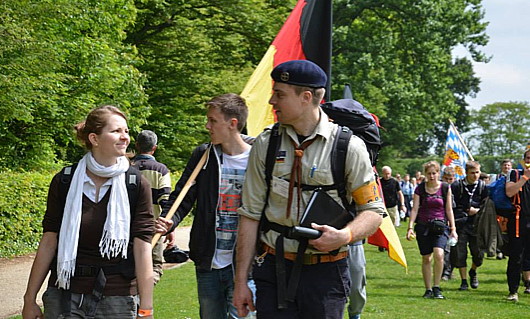
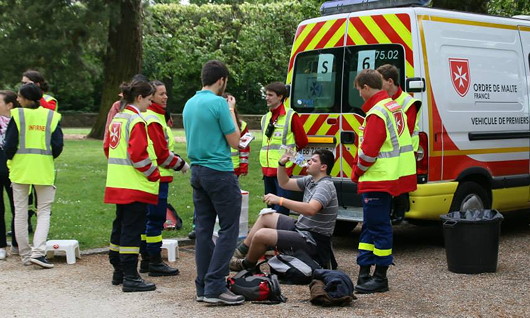
The Order of Malta provides medical attention all along the route, and the Association Notre-Dame de Chrétienté which runs the pilgrimage arranges stopping points where the tired, the injured, or the elderly can rest a while and then be ferried further along or, in the later part of the day, to the bivouac site.
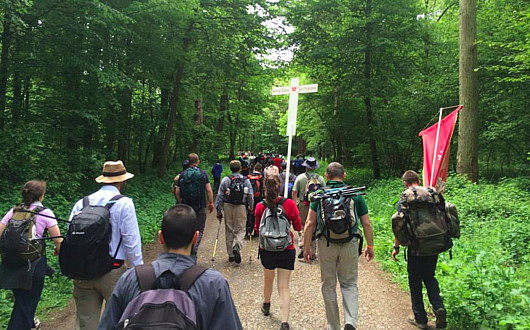
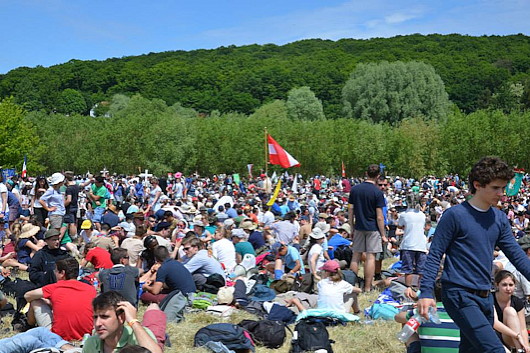
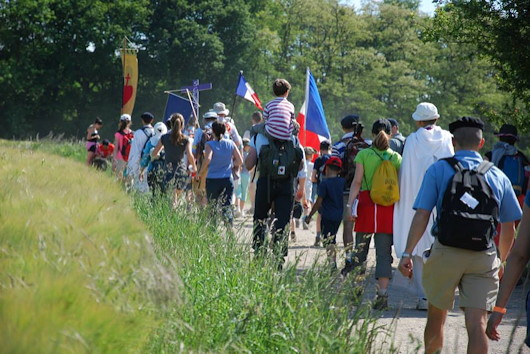
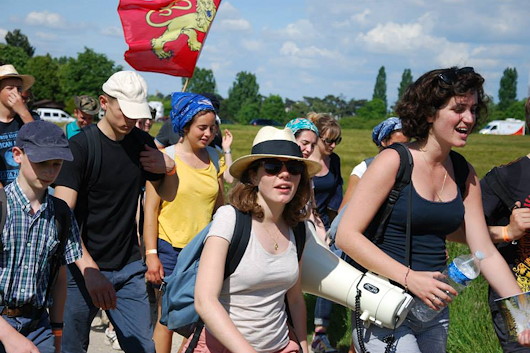
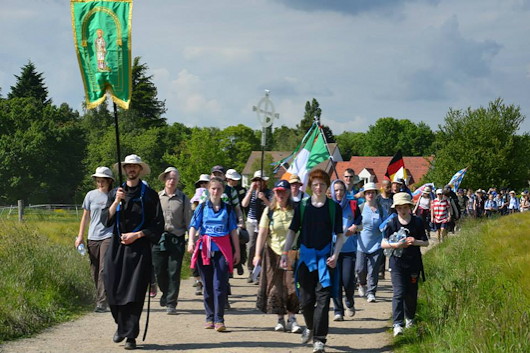
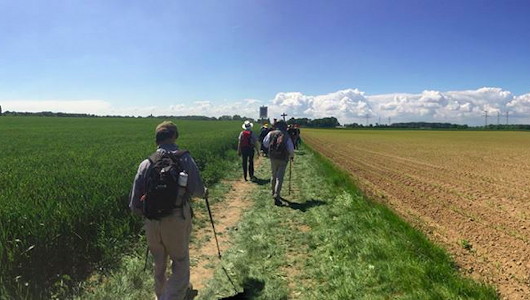
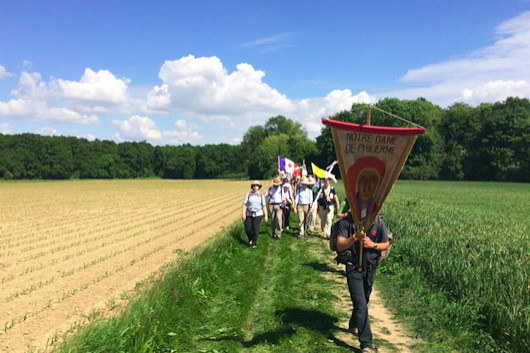
Walking from the early hours of the morning to past 8:00 in the evening with just a few stops aside from lunch, there was no sweeter sight to the weary pilgrim’s eye than the entrance to the bivouac, and being warmly greeted by the welcoming words of Fra Matthew, the Grand Master, and the effulsive hospitality of Armand-Louis just as we arrived.
The camps are very well run, however, with soup in the evening and hot chocolate before you set off in the morning, and great big trucks to throw your kit on so you’ve only the real necessities on your back as you walk and sing and pray your way to Chartres. With over three decades’ practice, the Association know what they’re doing, thank God.
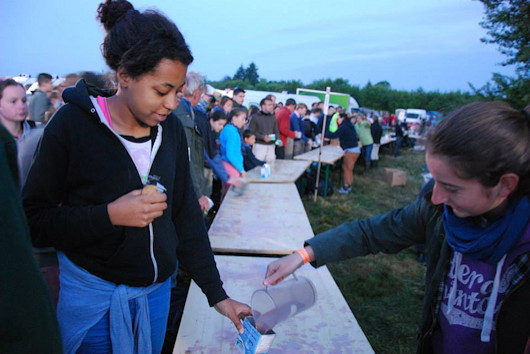
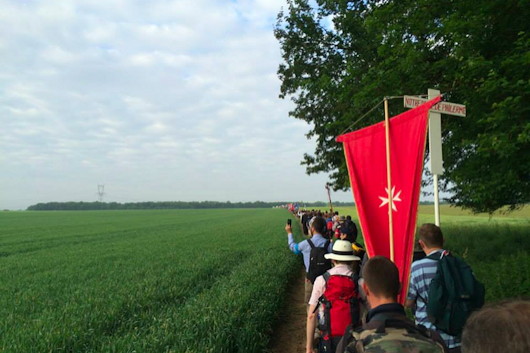
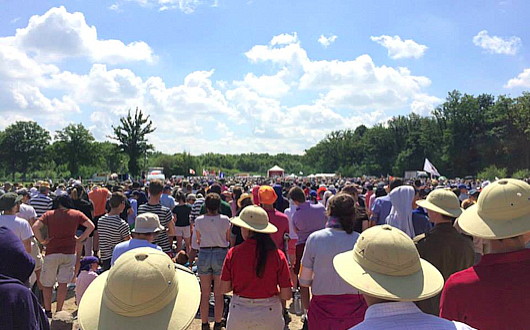
The second day was the great feast of Pentecost itself, and the going was slightly easier than the day before, and a slightly shorter distance. The fulcrum of the day was Mass offered by Bishop Athanasius Schneider of Astana in Kazakhstan, who encouraged us in his sermon not to be afraid of the ridicule and marginalisation we might face for living our lives as Christians.
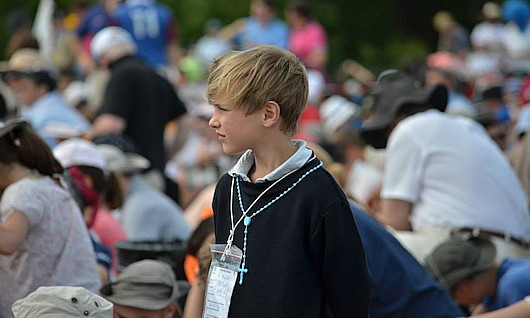
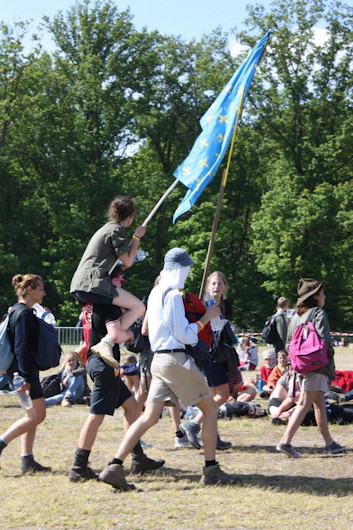
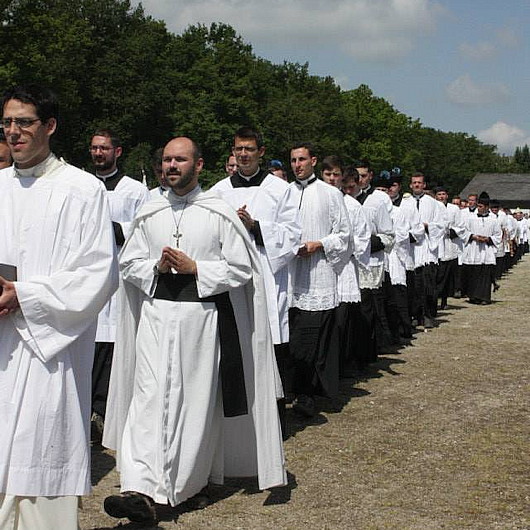
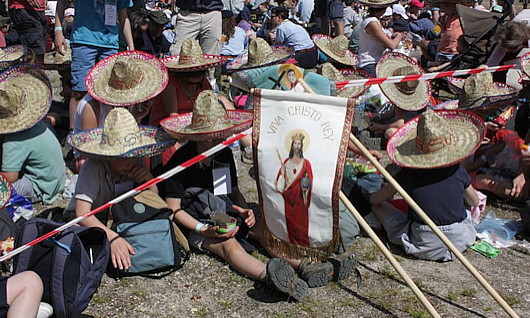
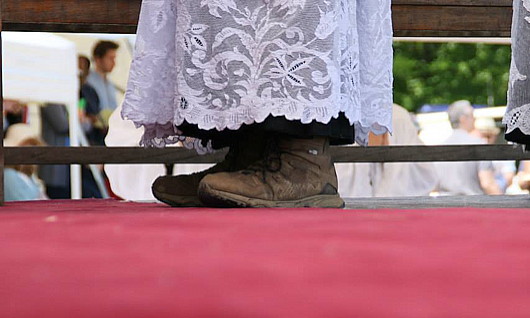
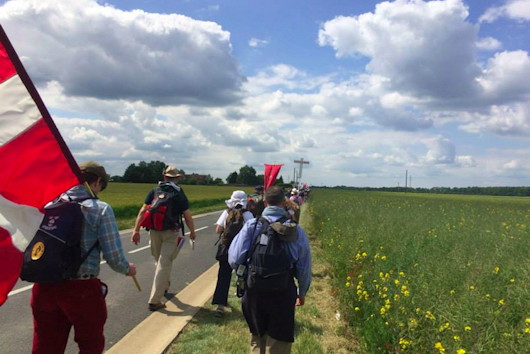
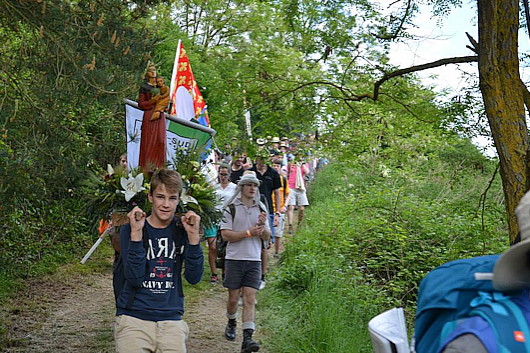
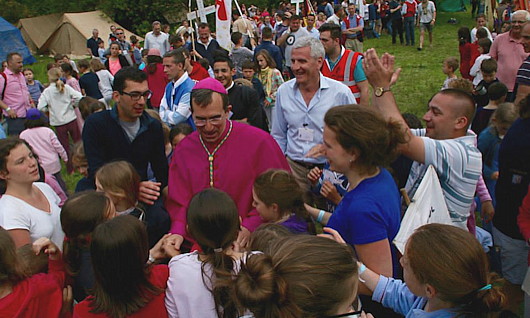
As we were by then within his diocese, the Bishop of Chartres came to visit the bivouac at the end of the second day, spoke with several of the pilgrims of all ages and had a chat with the Grand Master and the medical teams, thanking them for their work.
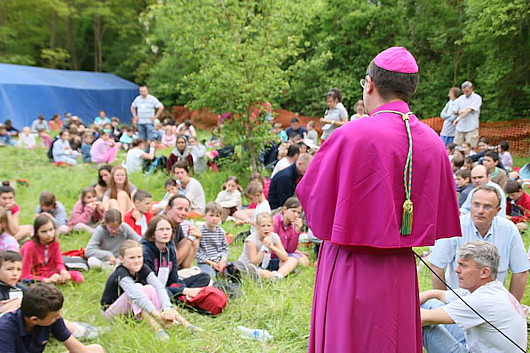
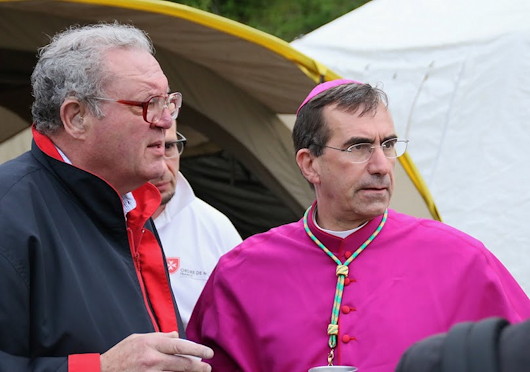
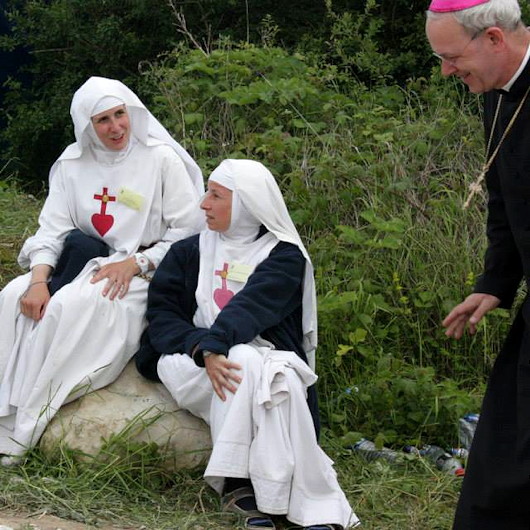
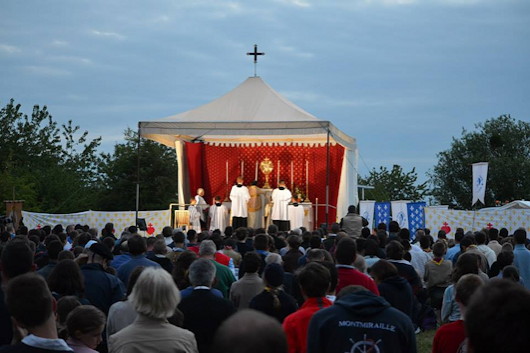
There was also Solemn Benediction on the second evening, with the Blessed Sacrament exposed for adoration until 2:00 am.
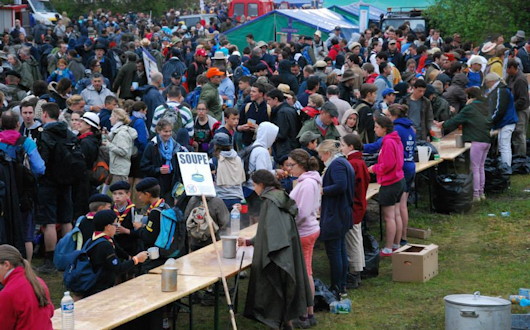
And then, the next morning, up again for the final day of the pilgrimage, slightly weary but growing in anticipation and excitement.
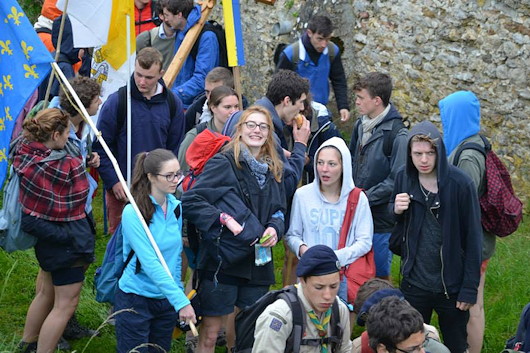
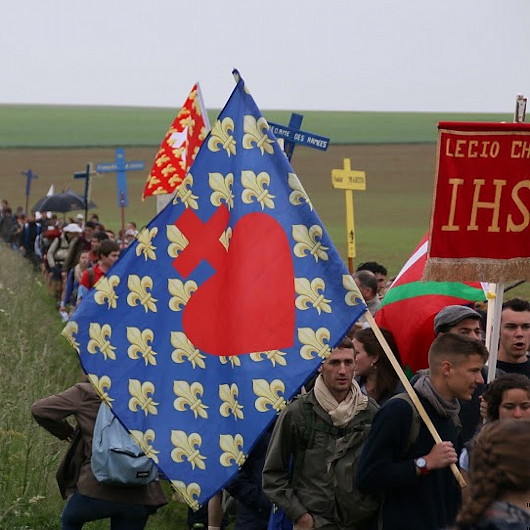
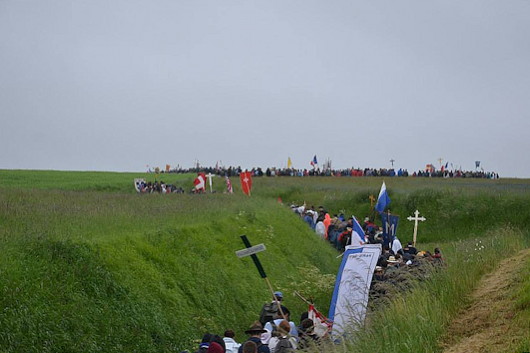
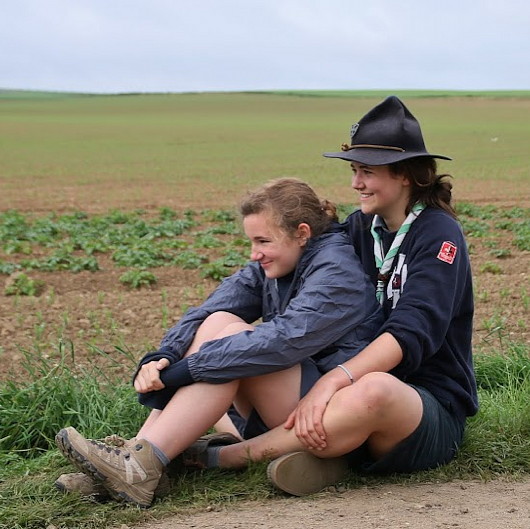
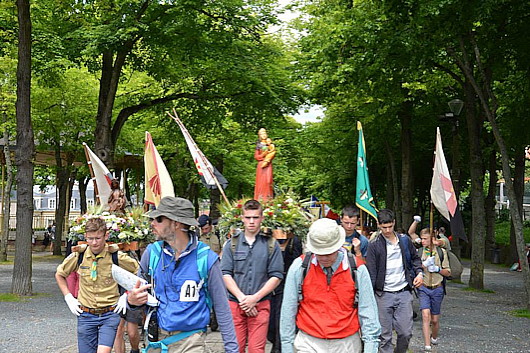
Nothing could compare to the joy of the third day. After sixty-something difficult miles, having left Paris what seems weeks ago, you catch sight of the two towers of the cathedral, and struggling still further, arrive in Chartres itself to be greeted enthusiastically by the Bishop.
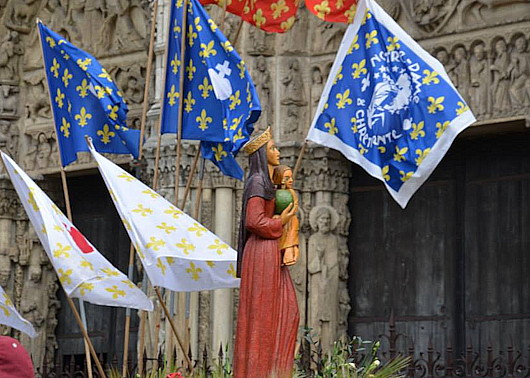
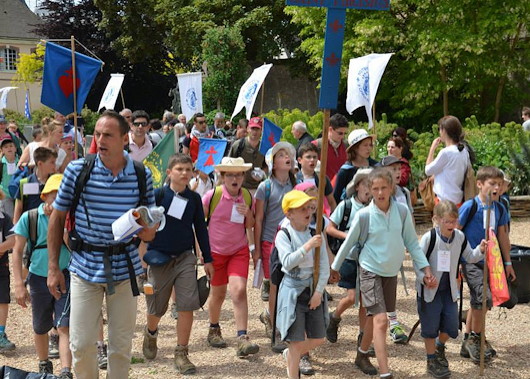
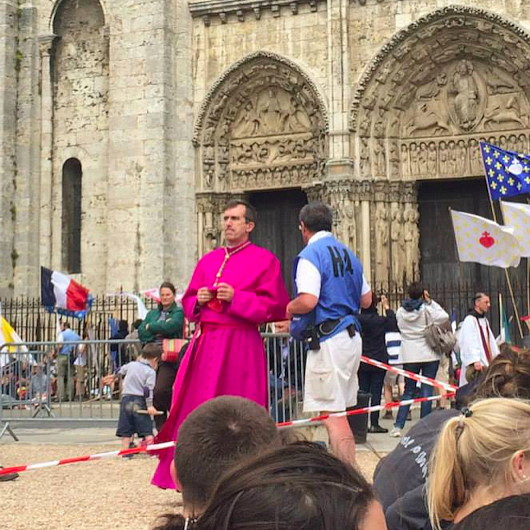
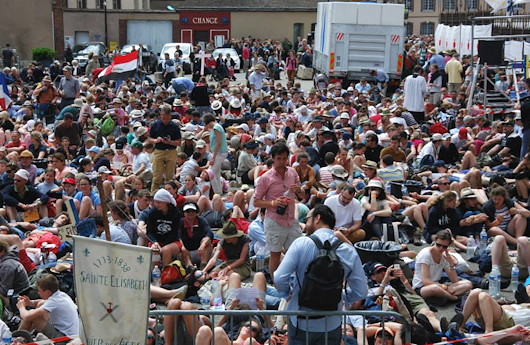
This pilgrimage is too large to be contained in the cathedral at the best of times, but the current renovation meant more of us than usual were seated outside in the square in front, watching on huge screens as the final mass was offered with great dedication and care.
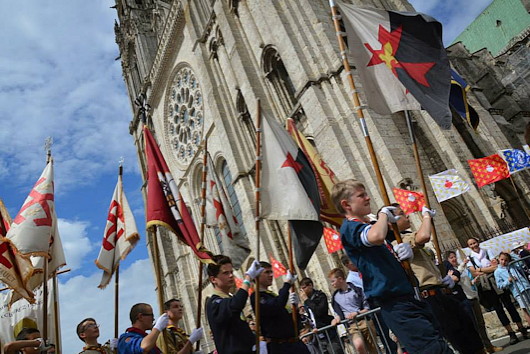
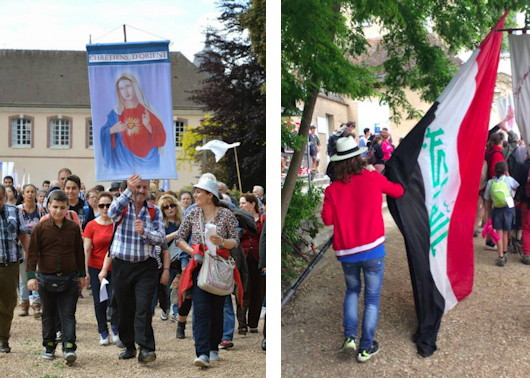
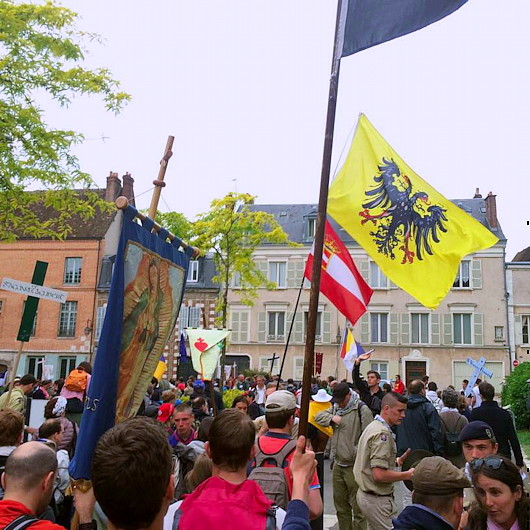
It was only at the beginning of the final mass that one comprehended the true scale of this pilgrimage of over 11,000 — perhaps closer to 15,000. Banners and flags from myriad countries, lands, dioceses, scout troops, and other groups processed slowly and solemnly into the magnificent cathedral amidst such a great panoply of people: prim girl guides, students with shaggy beards, middle-aged women, and elderly gentlemen. All hobbling, over the course of three difficult but strangely cheerful days, a great multitude with deep devotion and reverence, through exhaustion and fatigue, and finally succoured by relief and exhultation in this great act of love for the Blessed Virgin. Words fail when trying to encapsulate the experience of this pilgrimage. While the physical effort was more than I had expected, I left feeling it was the most beautiful thing I had ever done in my entire life.
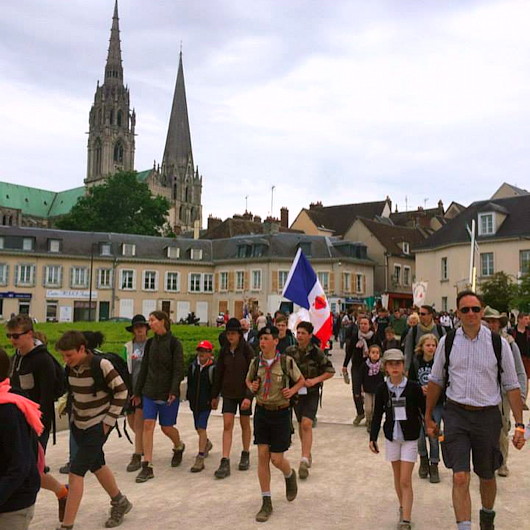
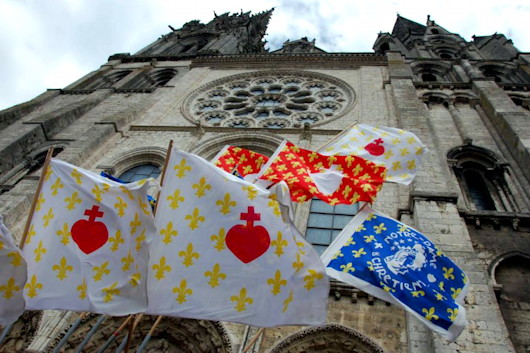
Search
Instagram: @andcusack
Click here for my Instagram photos.Most Recent Posts
- Burns Tower April 19, 2024
- Patrick in Parliament March 18, 2024
- Articles of Note: 13 March 2024 March 13, 2024
- Cambridge March 9, 2024
- Taken on Trust March 4, 2024
Most Recent Comments
Book Wishlist
Monthly Archives
Categories



Beautiful and inspirational
Beautiful.
I love your site and this post is especially good. But given your timeline on the construction of Chartres, should it not be 56 years?
Most inspiring.